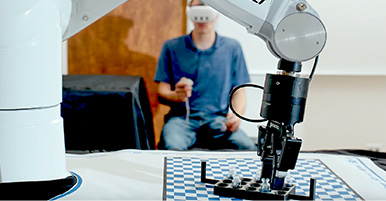Abstract
Aim: To examine heterogeneity in outcome at 12 months following 8 weeks of treatment for smoking cessation with bupropion sustained-release (SR) 150 or 300 mg/day combined with behavioural counselling.
Design, setting, participants: Smokers were recruited from a large healthcare system and then randomized to receive either bupropion SR 150 mg/day (n = 763) or 300 mg/day (n = 761) taken for 8 weeks in combination with either proactive telephone counselling or a tailored mail approach.
Measurements and findings: A comprehensive set of relevant individual pre-treatment and treatment characteristics was included in the analysis. Smoking outcome at 12 months was defined as point-prevalence of any regular self-reported smoking within the 7 days prior to follow-up contact. Classification and regression tree analysis identified subgroups that varied with respect to likelihood of being nonsmokers at 12 months. Seven subgroups were identified among those receiving bupropion SR 150 mg/day (proportion of nonsmokers at 12 months ranged from 13.7% to 43.5%) and eight subgroups among those receiving bupropion SR 300 mg/day (proportion of nonsmokers at 12 months ranged from 9.6% to 51.7%). In the 150-mg/day group, those with the lowest rate reported no previous quit attempt of 1 month or more in duration while those with the highest rate all reported previous quit attempts of 1 month or longer. In the 300 mg/day group, those with the lowest rate had very high levels of dependence while those with the highest rate were more highly educated and smoked at a lower level. Across all subgroups, cost per 12-month quitter ranged from a low of $US302 to a high of $US2502.
Conclusions: These results indicate the presence of a substantial amount of variation in outcome following treatment with both dosages of bupropion SR, with substantial cost consequences. Variation in outcome could be reduced by providing treatments tailored to subgroups of individuals who are at exceptionally high risk for smoking following a quit attempt.


